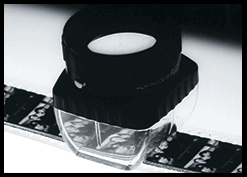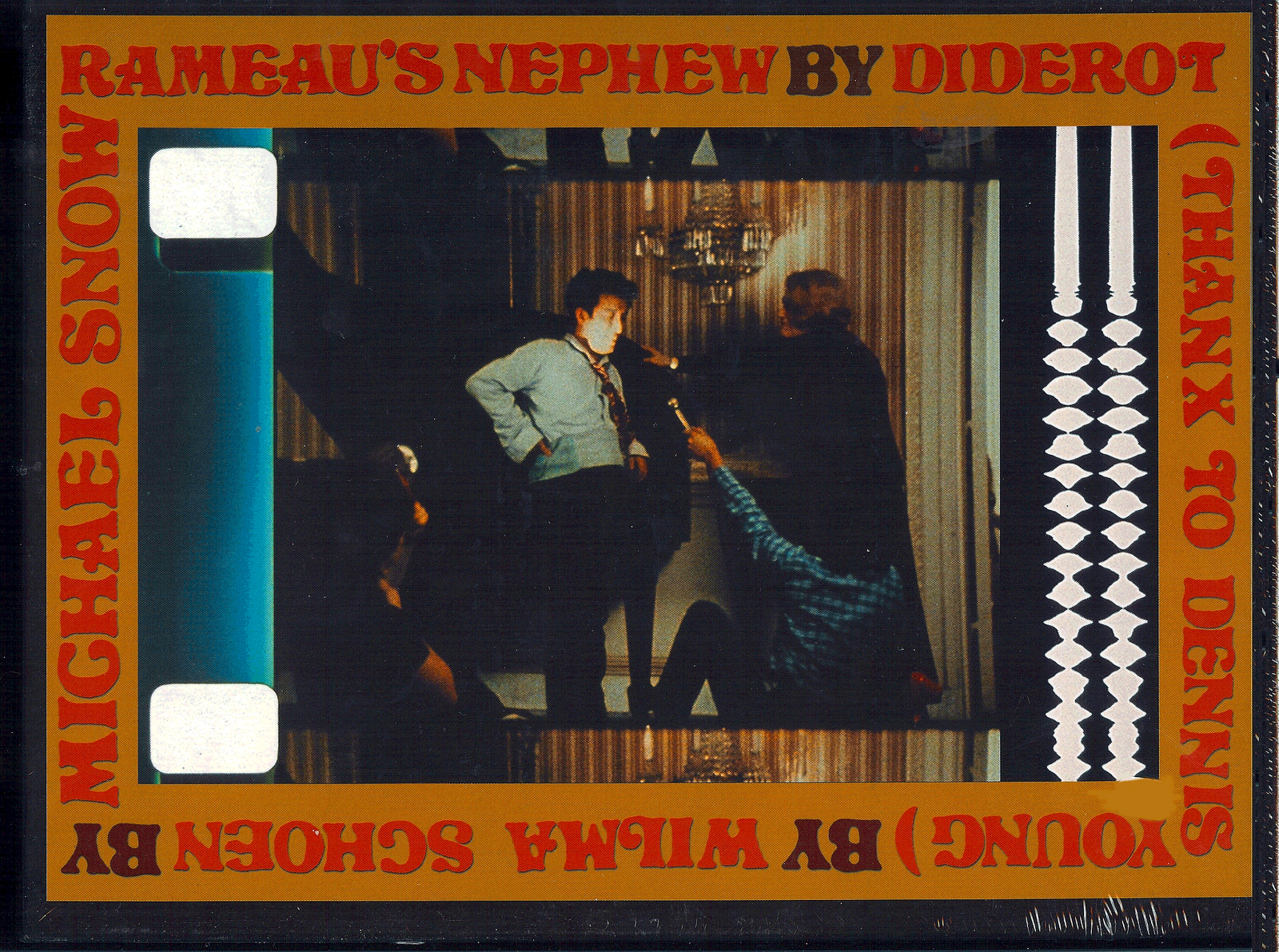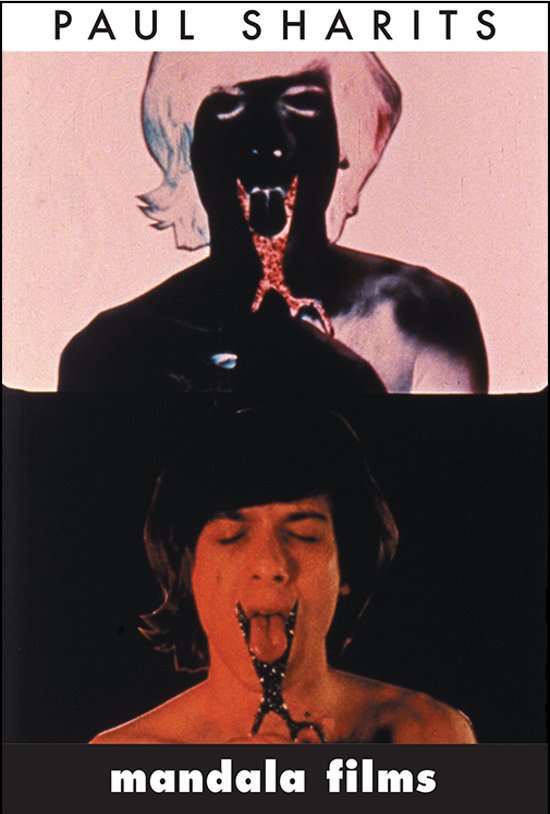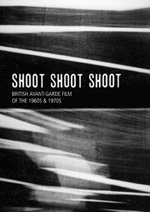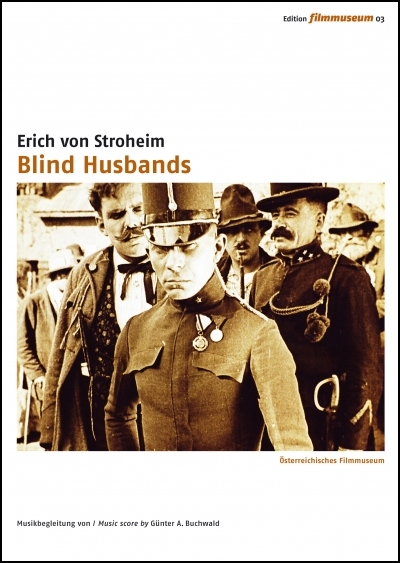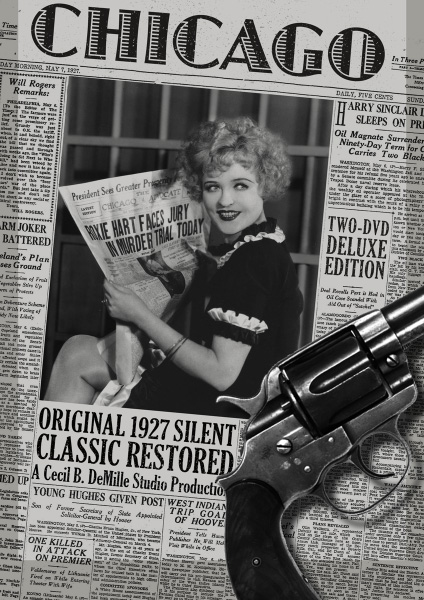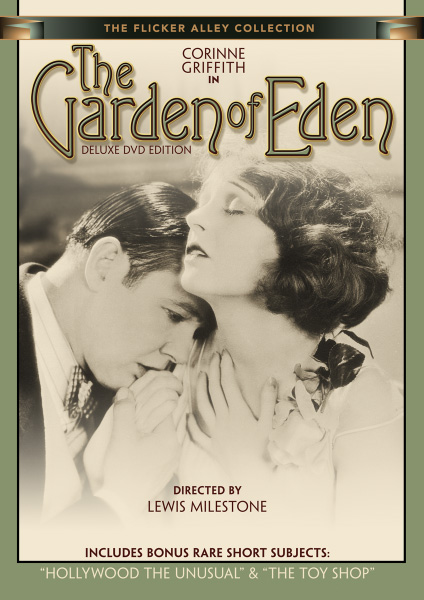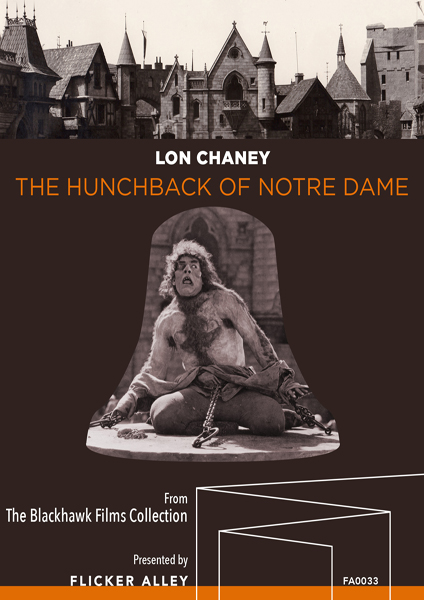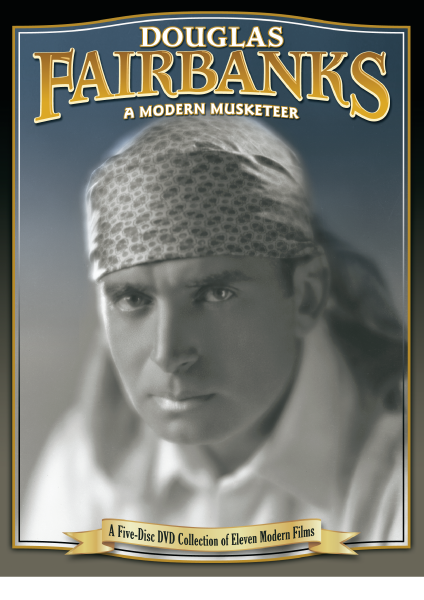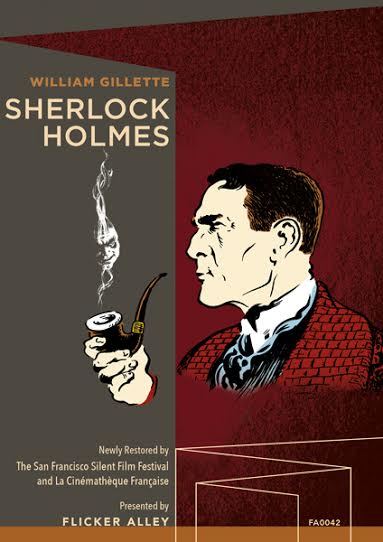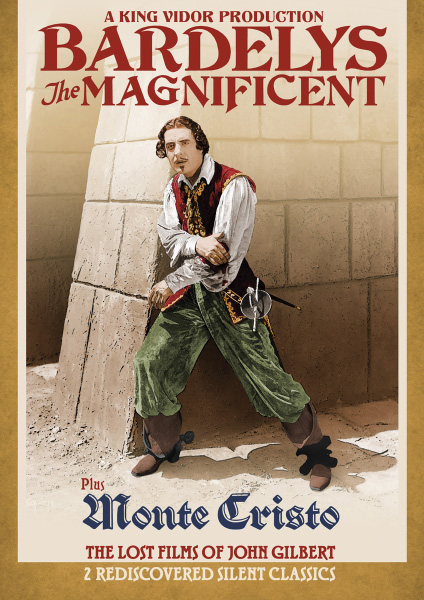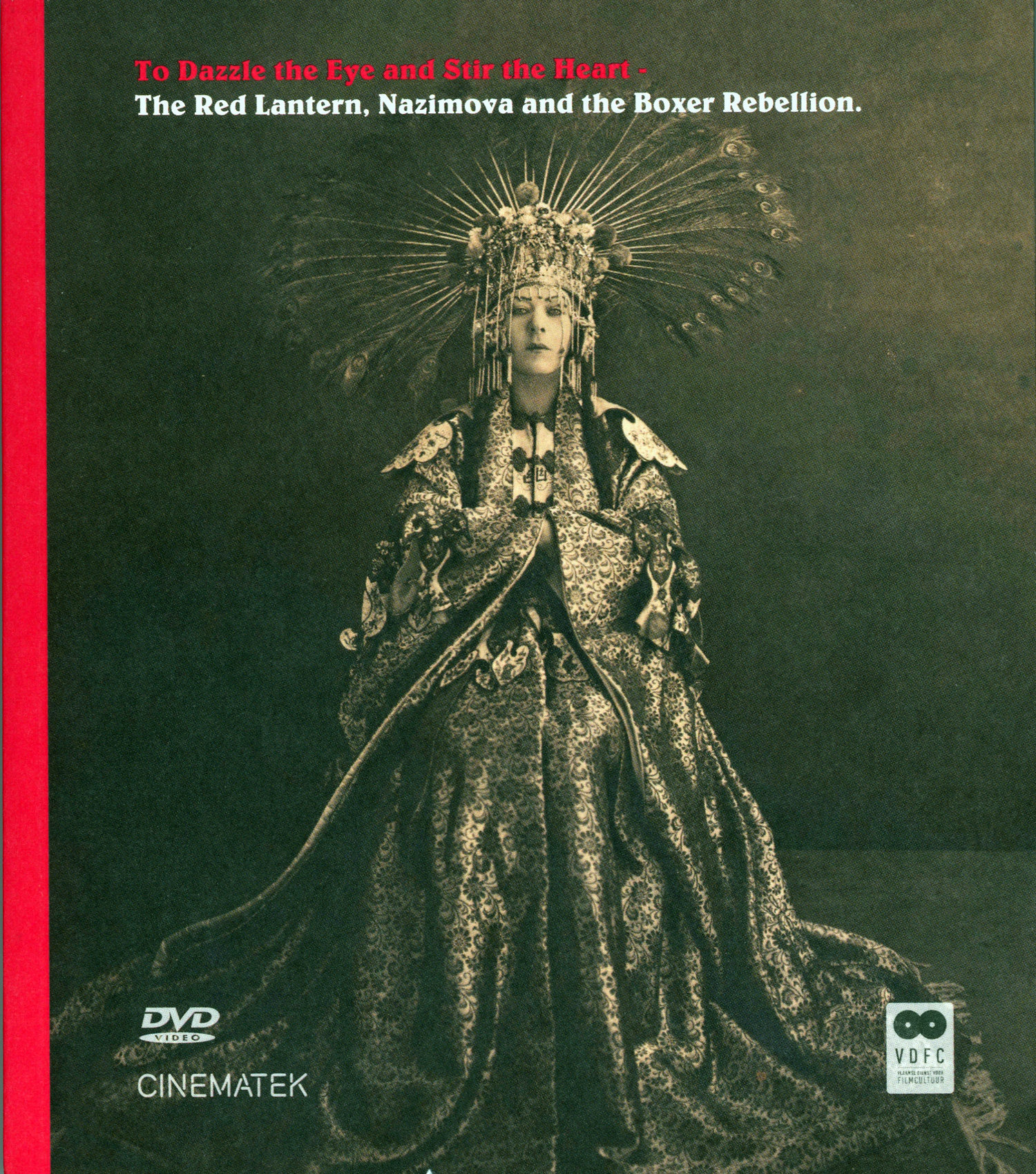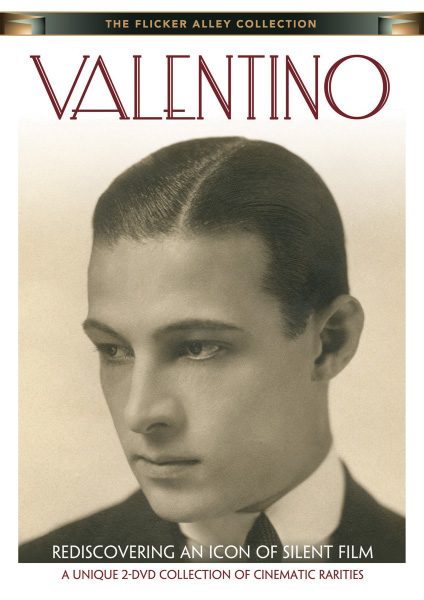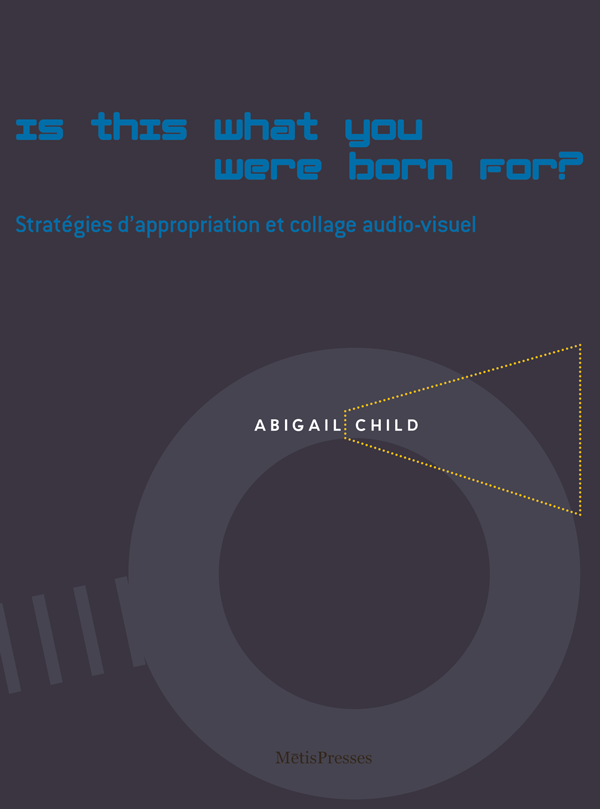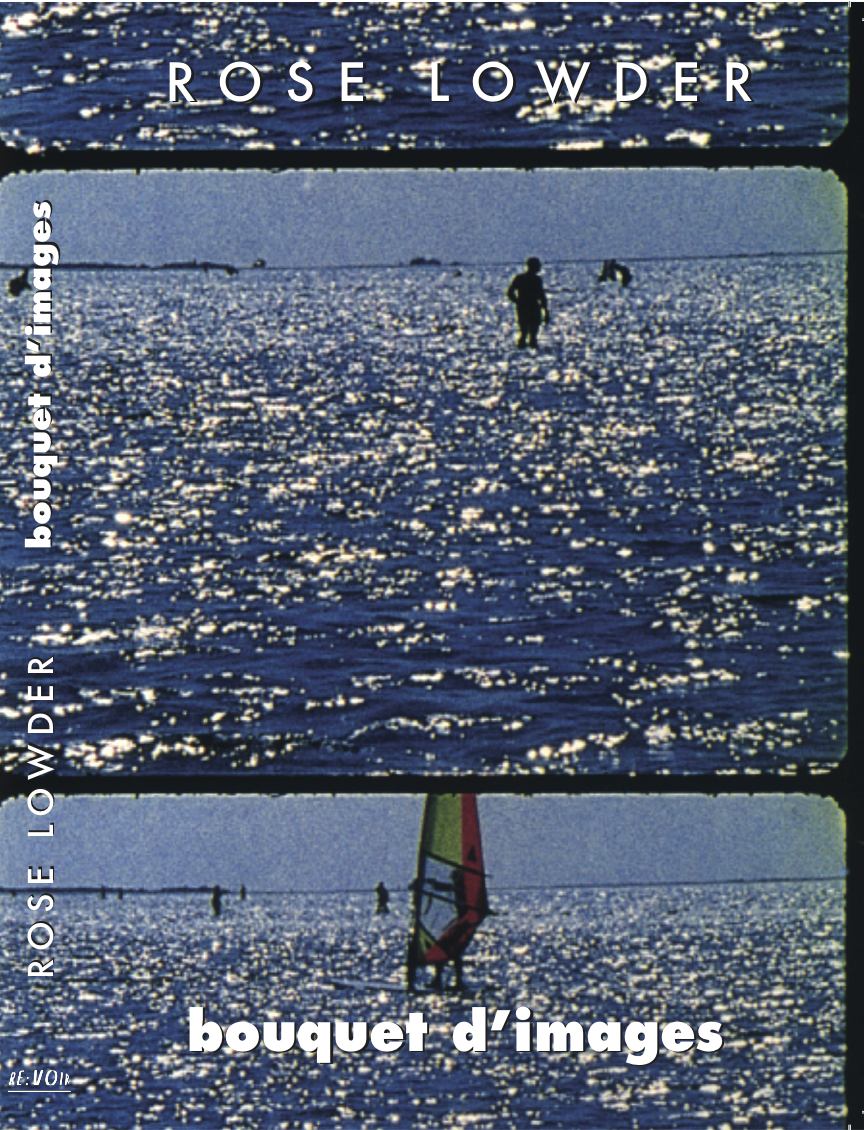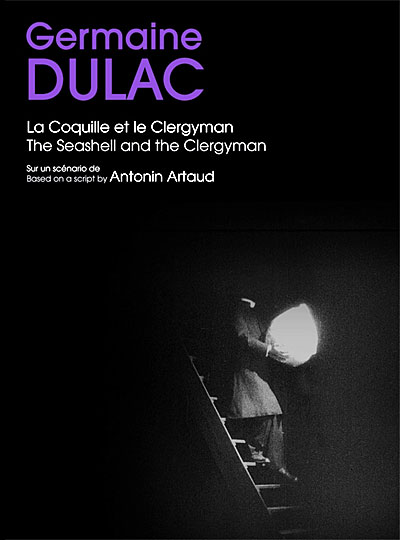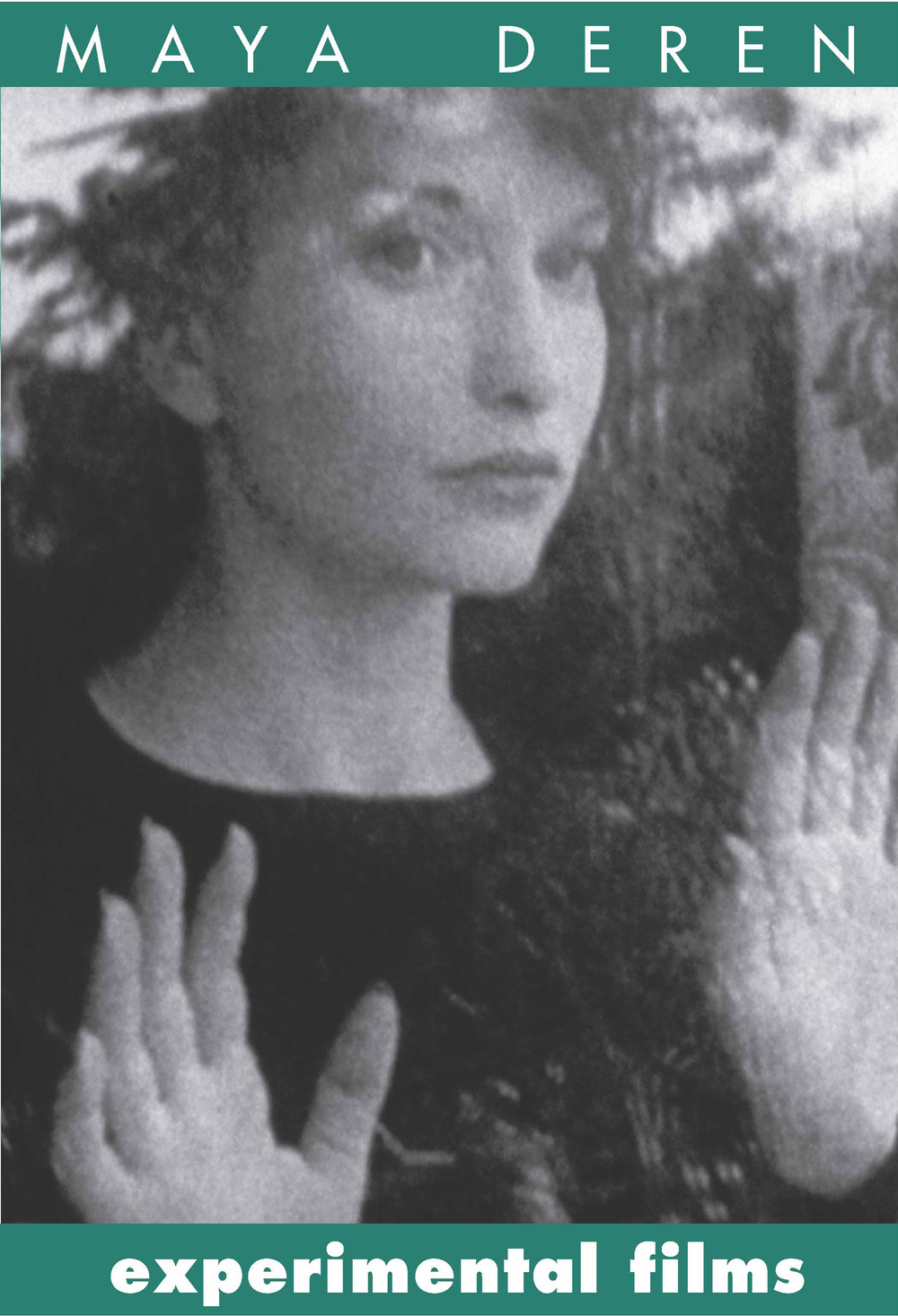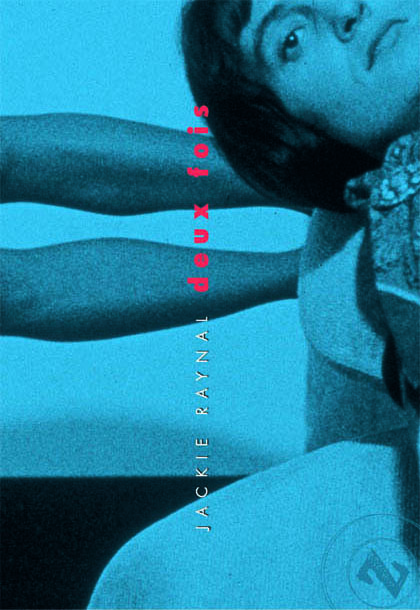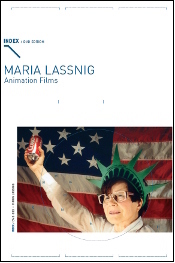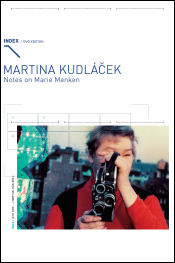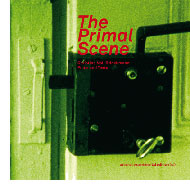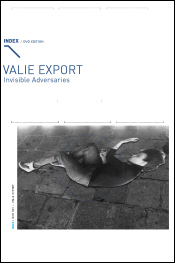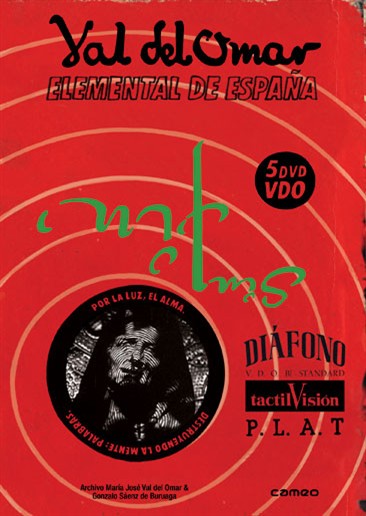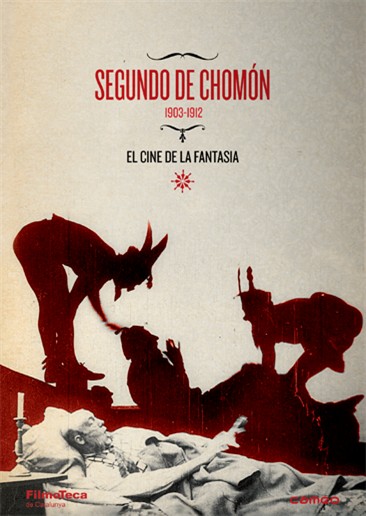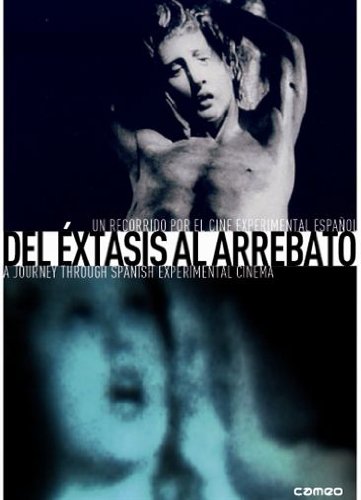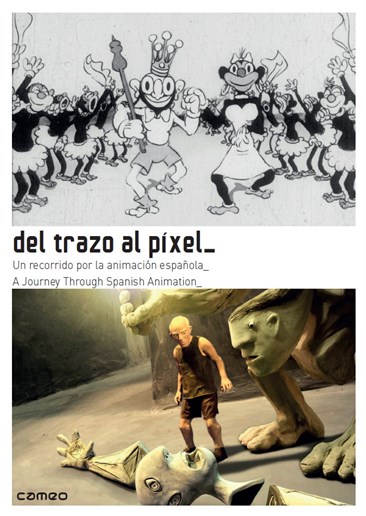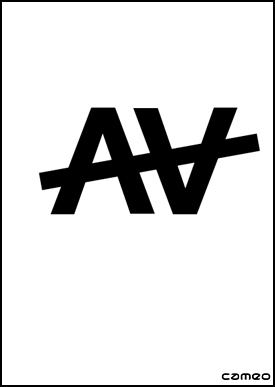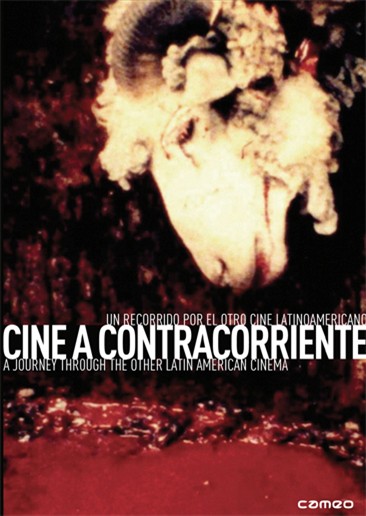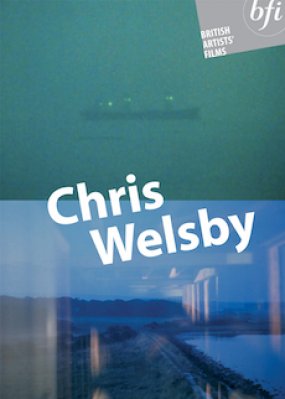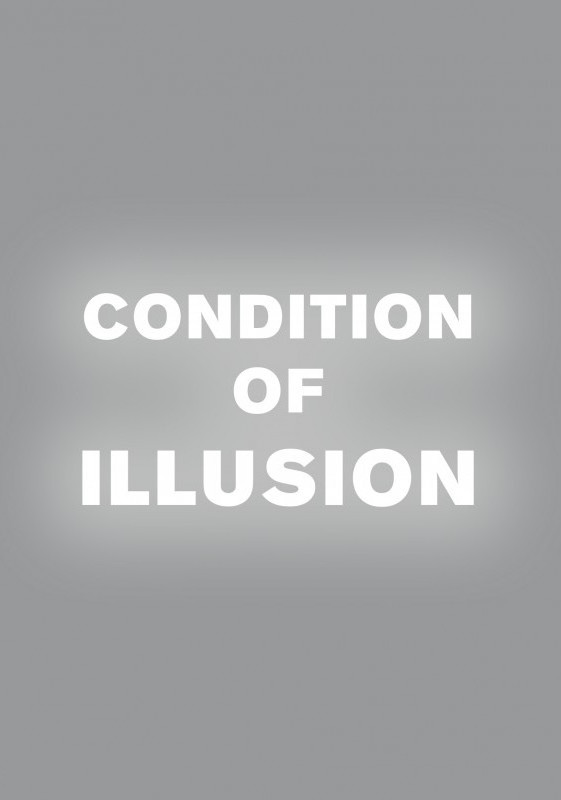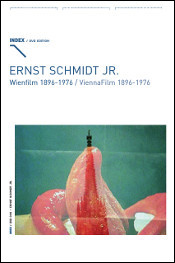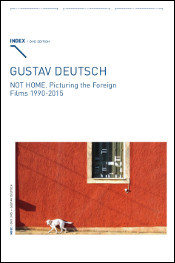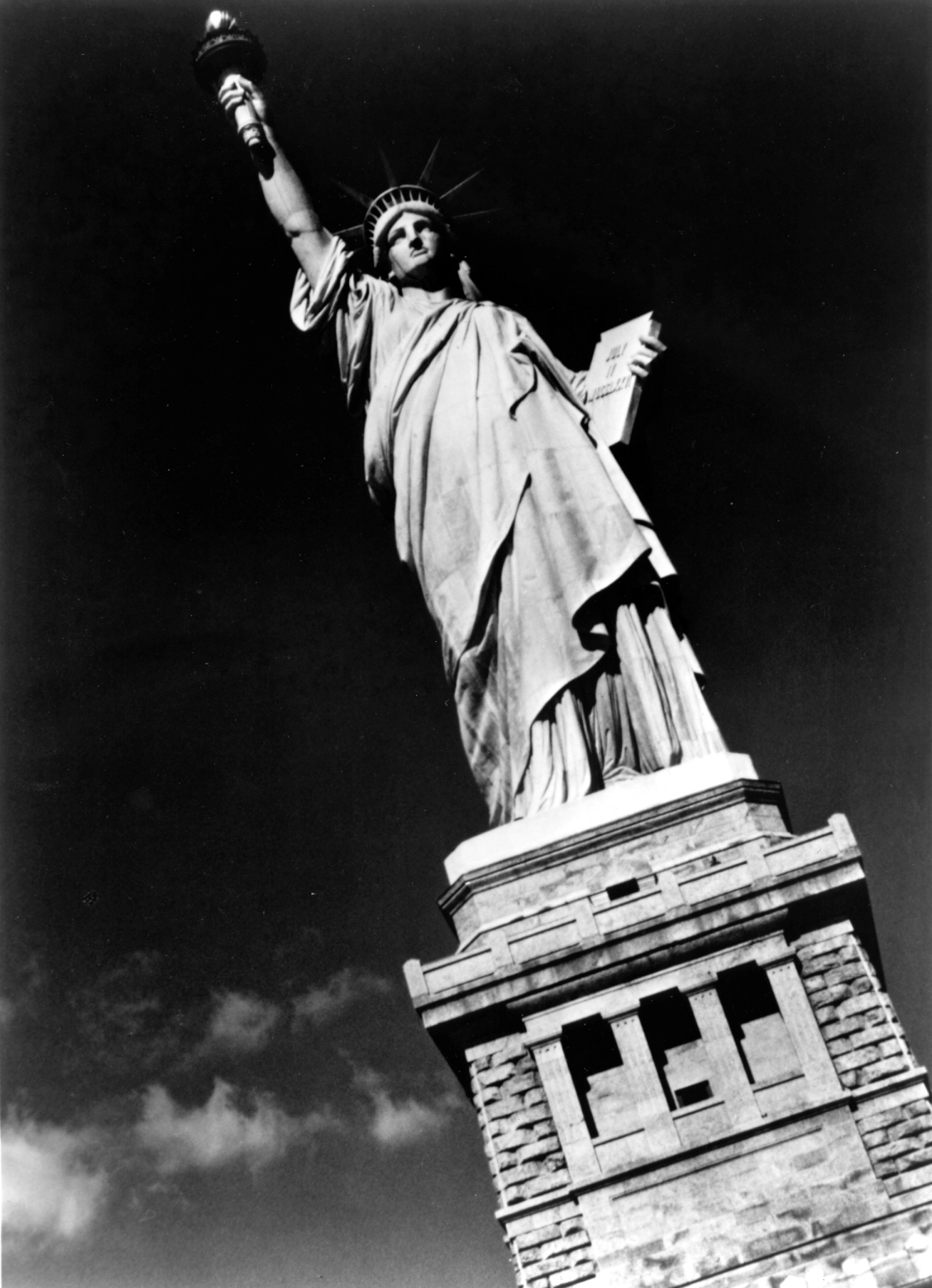GME DVD Distribution – British Experimental Films by Peter Gidal and Chris Welsby, Now Available for Institutional Sales
/Following up on GME’s release of SHOOT SHOOT SHOOT, an anthology of British experimental films produced through the facilities of the London Film-Makers’ Cooperative, we are pleased to announce now monographic DVD publications of films by Peter Gidal (CONDITION OF ILLUSION) and Chris Welsby (BRITISH ARTISTS FILMS).
“A film is materialist if it does not cover its apparatus of illusionism. Thus it is not a transmitter of anti-illusionism pure and simple, uncovered truth, but rather, a constant procedural work against the attempts at producing an illusionist continuum’s hegemony."
– Peter Gidal
Peter Gidal enrolled at the Royal College of Art in London where he began his career as an experimental filmmaker. He helped found the London Film-Makers’ Coop, and his films were shown in the 1960s at various underground London venues. One of the major proponents of British structural cinema, Gidal has been a proponent of such American structuralist filmmakers as Michael Snow and Hollis Frampton.
Gidal’s own films are interrogations into the formalist aspect of film, with an emphasis on grain, duration, tempo and editing structures. This is accompanied by an almost willful insistence on the filmmakers as the ultimate arbiter of the construction of any work. Gidal’s films also invite the spectator to consider various aspects of the meditation between the real and the reel.
The DVD of CONDITION OF ILLUSION (published by Re:Voir) brings together 11 films by Peter Gidal made between 1967 to 2013. It is accompanied by a unique 40 page booklet of texts about the filmmaker’s work by Patricia L. Boyd, Stephen Heath and Chris Kennedy. The booklet is composed of transparent pages and was designed by Diana Vidrascu at Re:Voir. The release of this DVD edition also coincides with the publication of the book Flare Out: Aesthetics 1966-2016 published by the Visible Press.
◊
"Each of my films is a separate attempt to re-define the interface between ‘mind’ and ‘nature’. In my work, the mechanics of film and video interact with the landscape in such a way that elemental processes – such as changes in light, the rise and fall of tide or changes in wind direction – are given the space and time to participate in the process of representation."
– Chris Welsby
The BFI’s British Artists’ Films series produced in partnership with arts documentary producers Illuminations and Arts Council England features a wide selection of important film and video work by British artists from the last thirty years. This release focuses on the work of Chris Welsby, landscape artist and pioneer of the moving-image installation in Britain, whose subtle meditations are exhibited in museums and galleries around the world.
Featured on the DVD are works from different stages in his career, uniquely tracing his development as an artist, from his early critical responses to British structural filmmaking and Minimalism of the 1970s to his mature, contemplative landscape works of the 1980s and 1990s. The films included in this edition are: STREAM LINE, PARK FILM, WINDMILL III, SEVEN DAYS, WIND VANE, SKY LIGHT, DRIFT and RIVER YAR (made with William Raban). The DVD also includes a 30-minute video interview with the artist by John Wyver. Sleeve notes are by Luara Mulvey, and booklet texts include essays on his work and individual films by the filmmaker himself, as well as peter Wollen, Deke Dusinberre, Fred Camper, Manohla Dargis and Chrissie Iles.
“The techniques developed by Welsby made it possible for there to be a direct (‘indexical’ in the semiotic terminology developed by Pierce) registration of natural phenomena on film. Thus, camera movement could be determined by wind-direction after a wind-vane was linked to a panninghead on the tripod. Natural processes were no longer simply recorded from the outside, as objets of observation; they could be made to participate in the scheme of observation itself. The point of observation was no longer the external ‘Archimedean’ point of the artist’s own consciousness. Furthermore, the automatic procedures of science and technology, instead of being inflicted on nature in order to dominate it, were directed by nature itself. The promise at the heart of Welsby’s work is that of a new type of relationship between science and nature, and between subject and object of observation.”
– Peter Wollen
◊
Additional British Experimental and American Structuralist Films Available from GME:

